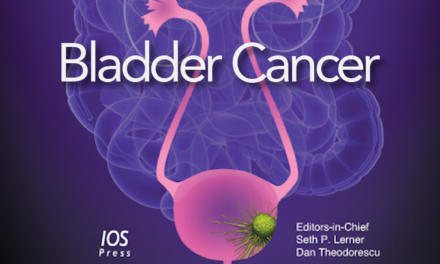
Chemotherapy Versus Chemoradiation for Node-Positive Bladder Cancer: Practice Patterns and Outcomes from the National Cancer Data Base
Abstract
Management of clinically node-positive bladder cancer (cN+ BC) is poorly defined; national guidelines recommend chemotherapy (CT) alone or chemoradiation (CRT).
Using a large, contemporary dataset, we evaluated national practice patterns and outcomes of CT versus CRT to elucidate the optimal therapy for this patient population.
The National Cancer Data Base (NCDB) was queried (2004–2013) for patients diagnosed with cTanyN1-3M0 BC. Patients were divided into two groups: CT alone or CRT. Statistics included multivariable logistic regression to determine factors predictive of receiving additional radiotherapy, Kaplan-Meier analysis to evaluate overall survival (OS), and Cox proportional hazards modeling to determine variables associated with OS. Propensity score matching was performed to assess groups in a balanced manner while reducing indication biases.
Of 1,783 total patients, 1,388 (77.8%) underwent CT alone, and 395 (22.2%) CRT. Although patients receiving CRT tended to be of higher socioeconomic status, they were more likely older (p = 0.053), higher T stage, N1 (versus N2) disease, squamous histology, and treated at a non-academic center (p < 0.05). Median overall survival (OS) was 19.0 months and 13.8 months (p < 0.001) for patients receiving CRT or CT, respectively. On Cox multivariate analysis, receipt of CRT was independently associated with improved survival (p < 0.001). Outcome improvements with CRT persisted on evaluation of propensity-matched populations (p < 0.001).
CRT is underutilized in the United States for cN+ BC but is independently associated with improved survival despite being preferentially administered to a somewhat higher-risk population.
Authors: Haque, Waqar | Verma, Vivek | Butler, E. Brian | Teh, Bin S.
Journal: Bladder Cancer, vol. 3, no. 4, pp. 283-291, 2017
Keywords: Bladder cancer, lymph node, radiation therapy, chemotherapy, chemoradiation




